Save your gas Money and take our Texas License to Carry Online
$40
Before you spend your next dime on a sidearm, thoroughly assess your requirements.
Important Takeaways
The two most prevalent sidearm are pistols and revolvers.
- Pistols can carry more rounds than revolvers.
- Pistols have more internal parts, which increases the possibility of failure.
- Revolvers have simpler actions that are considerably easier to keep up with.
- A revolver takes longer to load than a pistol.
- It takes more effort to fire a double-action sidearm than a single-action sidearm.
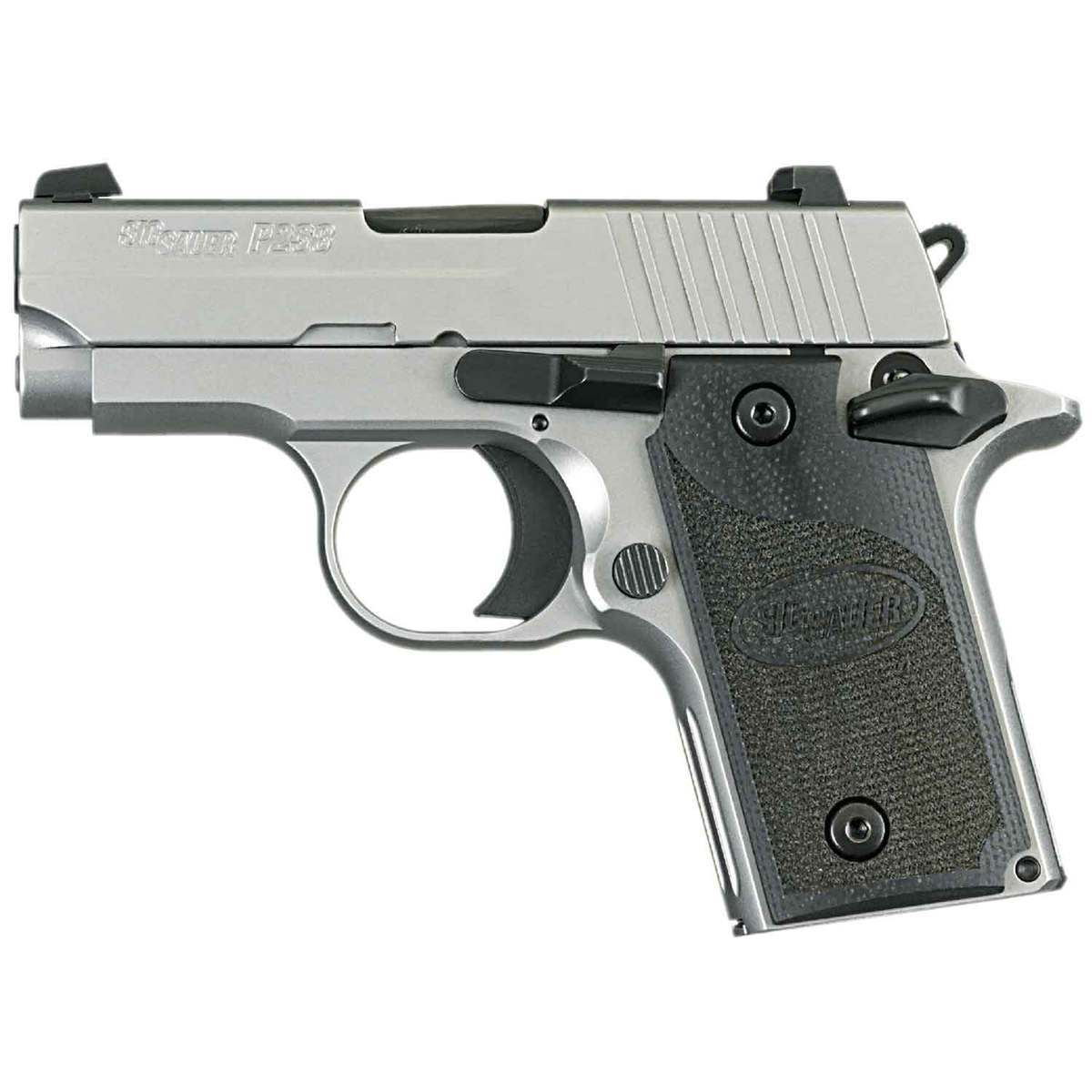
A sidearm’s entire purpose is to act as a reliable backup weapon when your primary weapon malfunctions, is out of range or is out of bullets. Choosing a sidearm is no laughing matter; every gun owner should take the time to select a high-quality sidearm. Is a revolver more effective, or is a pistol preferable? You must examine what is most important to you.
Buyers must examine numerous sidearm kinds, ammo, safety features, and other factors before settling on the one that best matches their needs. To be honest, that is a lot of information to take in. As a result, Ammunition Depot will walk you through the numerous factors to consider when selecting a sidearm in this article.
The most prevalent forms of sidearm
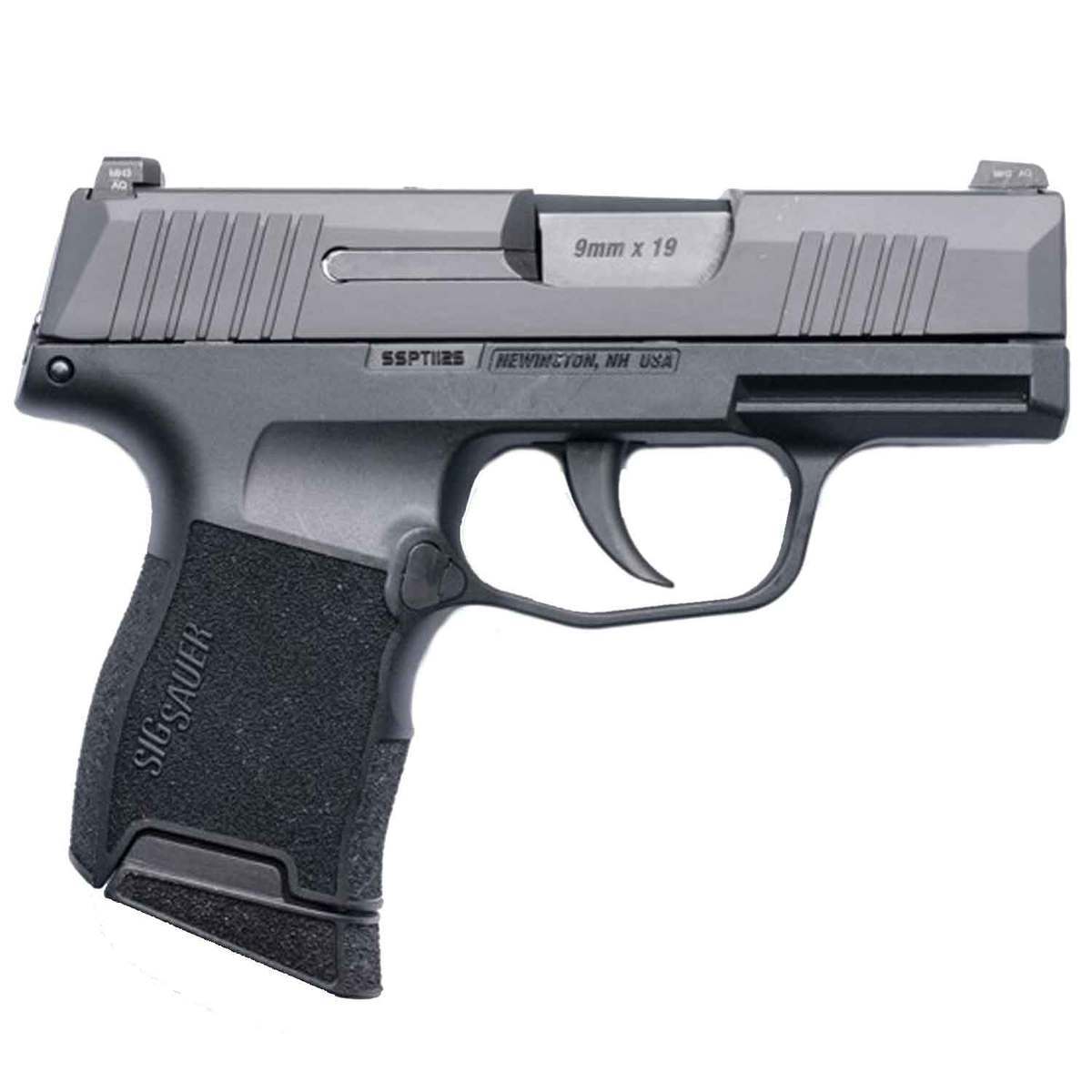
Semiautomatic Pistol:
A pistol is a handy, lightweight, dependable, and simple-to-use sidearm. A handgun is comprised of a fixed chamber, a magazine, and a slide. The owner will load the ammunition into the magazine before returning the slide to chamber a round. Pistols such as the Glock 17, S&W M&P Shield, and Ruger 1911 Commander have become extremely popular.
Revolver:
A revolver has numerous chambers in a spinning cylinder. Each chamber can only contain one cartridge. To cock and release the hammer, the operator may need to cock it or pull the trigger. Smith & Wesson Model 64, HERITAGE Rough Rider Small Bore, and S & W Model 60 are all popular revolvers.
Revolver vs. Semiautomatic
A well-kept revolver is extremely unlikely to jam. In the event of a misfire, all you have to do is pull the trigger to line up a new cartridge. A revolver can also be chambered for higher powerful ammunition. As a result, the wheel gun is a dependable choice for jungle situations and home defense. Furthermore, new revolvers with steel or aluminum frames have low recoil.
Pistols have a larger magazine capacity. Most revolvers hold between five and seven bullets. In contrast, with handguns, you can sometimes fire up to 20 rounds. Furthermore, pistols reload far faster than revolvers because they have a detachable magazine, whereas revolvers require you to feed a cartridge into each chamber. Most pistols also have a polymer frame, which makes them lighter.
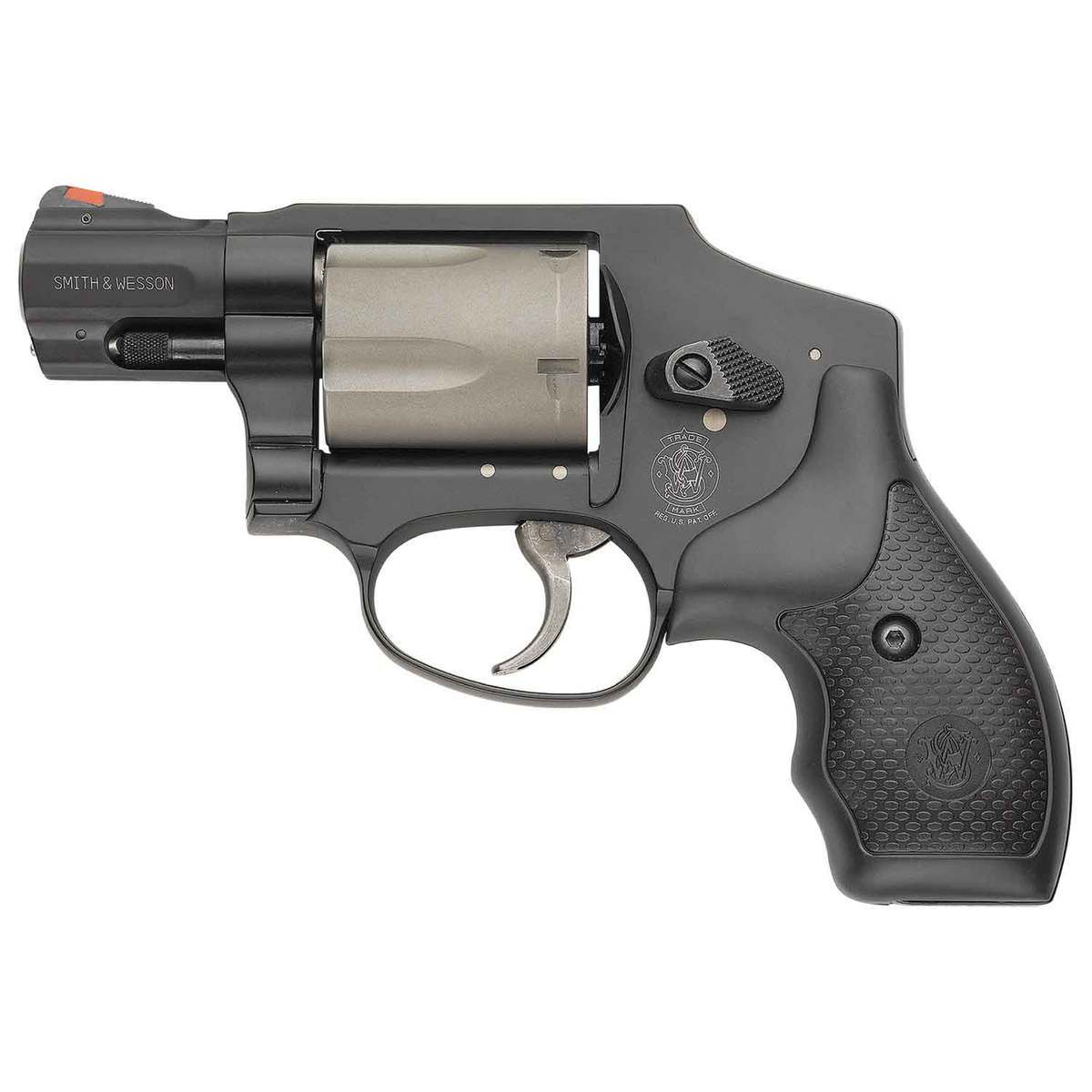
The caliber of a sidearm
The majority of revolvers use rimmed cartridges. The rim determines how far the cartridge may go into the chamber. Cartridges could slide into the chamber without the rim. The most popular revolver Calibers are .38 Special, .44 Special, .44 Magnum, .357 Magnum, and .45 Colt.
Pistol cartridges are often rimless or semi-rimmed. The rimless cartridge provides for more fluid cycling and magazine feeding mechanisms. There are a few semi-rimmed cartridges with rims that are somewhat larger than the case diameter. The most popular pistol calibers are.380 ACP, .45 ACP, .40 S&W, and 9mm.
Interchangeable cartridges for revolvers and pistols are not commonly seen. When it comes to ammunition, small variations can make a big difference. A.38 Special differs from a.38 Super, which is a semi-automatic cartridge. When naming ammunition, be very descriptive. Simply mentioning “.38 ACP” is insufficient;38 ACP is not the same as .38 Super, .38 Long Colt, .38 Special, and other .38 variations.
Sidearm Personalization
Every shooter’s ambition is to upgrade their favorite sidearm to make a stylish statement. There are numerous inventive methods to personalize your sidearm, ranging from adding a pistol wrap to installing unique components. Certain sidearm, on the other hand, have greater restrictions and don’t have many places for accessories. Always consider the most popular and helpful modifications for your particular sidearm.
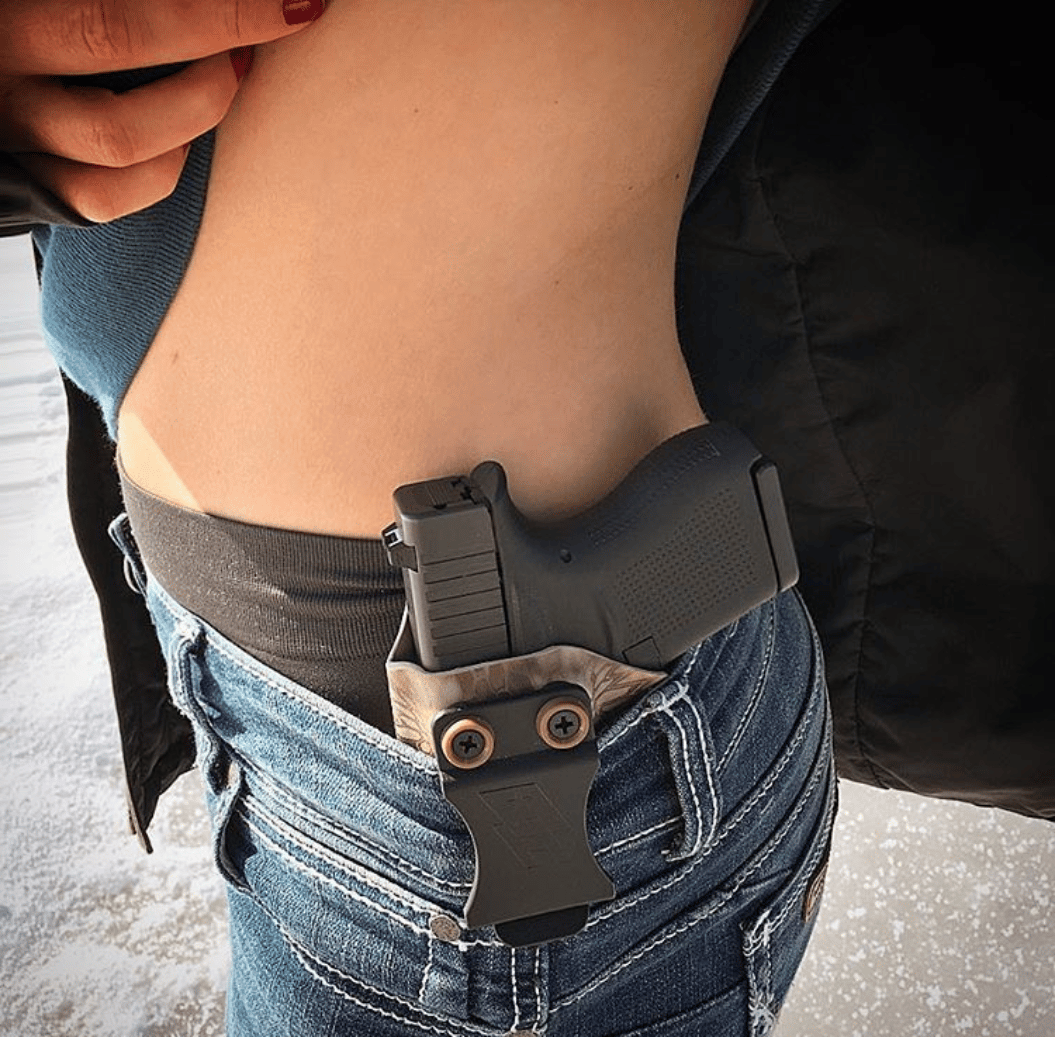
Most handguns permit the addition of attachments such as scopes, suppressors, and laser pointers. Aside from that, shooters can install hybrid barrels, polish the extractor, lower the ejection port, refinish the pistol, add a front slide serration, or purchase a flat-top slide. The point is that with pistols, more parts mean more potential for customization.
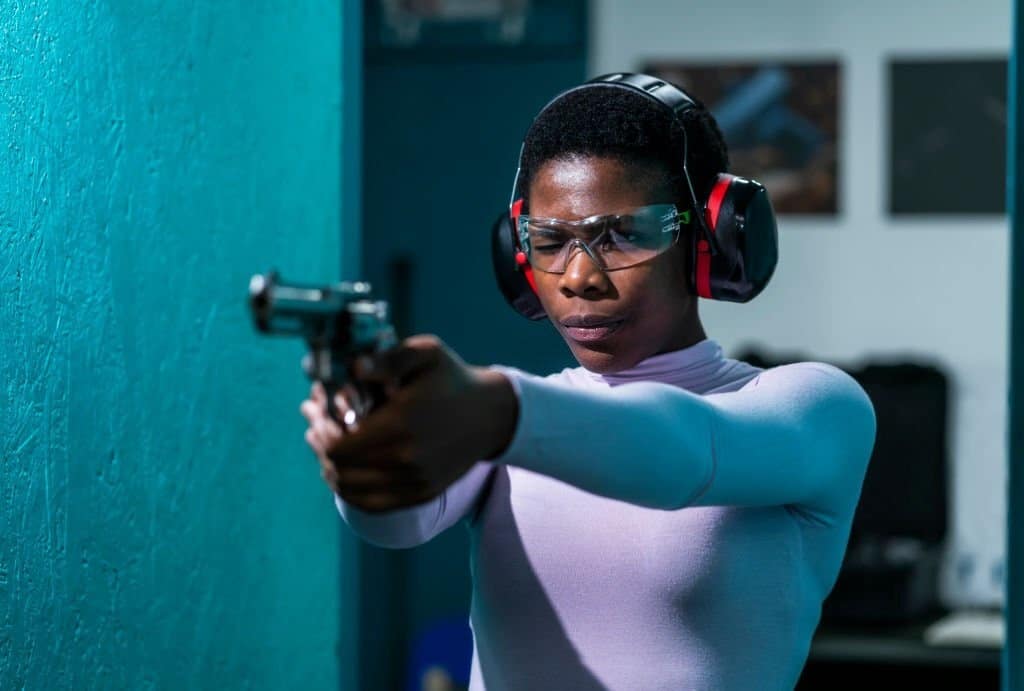
Revolvers do not have as many customizing options as pistols. However, owners can still personalize the sidearm by changing the color of the grip, trigger, or even the cylinder. You could also personalize it by adding a logo, engraving, removing cylinder end shake, attaching a front sight, adding a target crown, or getting a premium mirror polish finish.
Safety features on the sidearm
Modern sidearm are extremely safe if the operator uses them correctly. Having said that, you still want a set of characteristics to protect your safety and peace of mind when carrying the sidearm. The last thing you need is for the gun to go off suddenly.

Many pistols have a manual safety lever that shooters can use to prevent the trigger from being pulled. Aside from that, pistols will have a grip safety, firing pin block, hammer block, transfer bar safety, Loaded Chamber Indicator (LCI), trigger lever safety, and even a passive safety dubbed a “drop safety” to limit the likelihood of a handgun discharging when dropped.
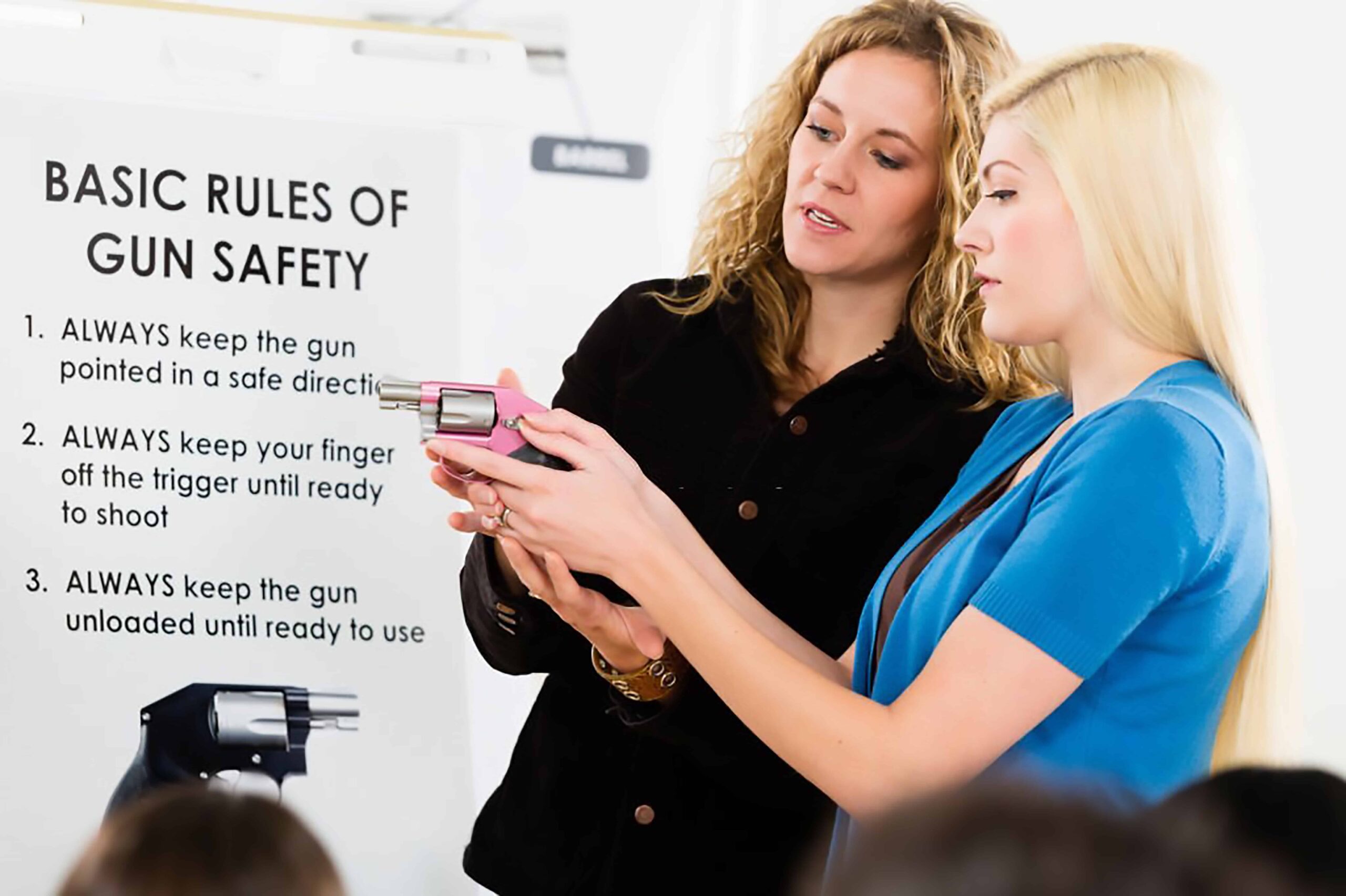
Except for a half-cock hammer notch, single-action revolvers don’t have many safety features. However, double-action revolvers include numerous internal safety devices, such as a transfer bar safety, a firing pin block, a longer trigger pull, and a hammer block that stops it from accidentally discharging while in your holster. You can also add external safety features to a revolver.
Double-action (DA) vs. Single-action (SA) sidearm (SA)
The trigger pull on a single-action sidearm is light and short, requiring little force to squeeze the bullet out. However, before firing, the shooter must cock the hammer. On initial fire, a single-action semi-automatic pistol requires manual cocking, following which the recoil from the slide cocks the hammer. The smoother trigger pull enables more precise firing.
The trigger pull on a double-action-only sidearm will cock and drop the hammer for each shot. The hammer in a double-action handgun (SIG P250) always rests in the down position (not cocked) until you begin to pull the trigger. Using a sidearm in double-action mode allows for faster fire but necessitates a longer and heavier trigger pull, which reduces accuracy.
In double-action mode, the trigger pull on DA/SA revolvers and pistols (PPK and P.38) will cock and release the hammer. In the case of a semi-automatic pistol, the recoiling slide cocks the hammer, ejects the spent cartridge, and chambers a fresh round after the initial shot. The following photos will all be in single-action mode.
The most suitable sidearm for you
Revolvers are more powerful, have less recoil, hold fewer rounds, and take longer to load, but they are simple to maintain, repair, and operate. Pistols, on the other hand, have more moving components and so require more maintenance. Pistols, on the other hand, hold more bullets, giving you additional options and a sense of assurance that you won’t be without the ammunition you need in an emergency. Finally, the greatest sidearm is the one that matches your needs.
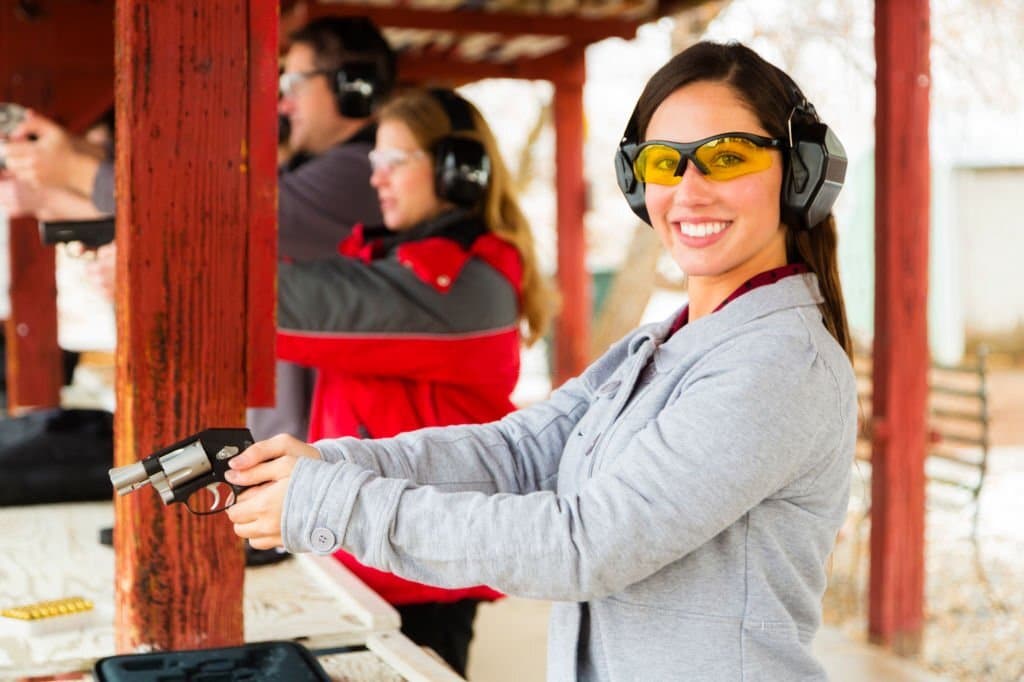
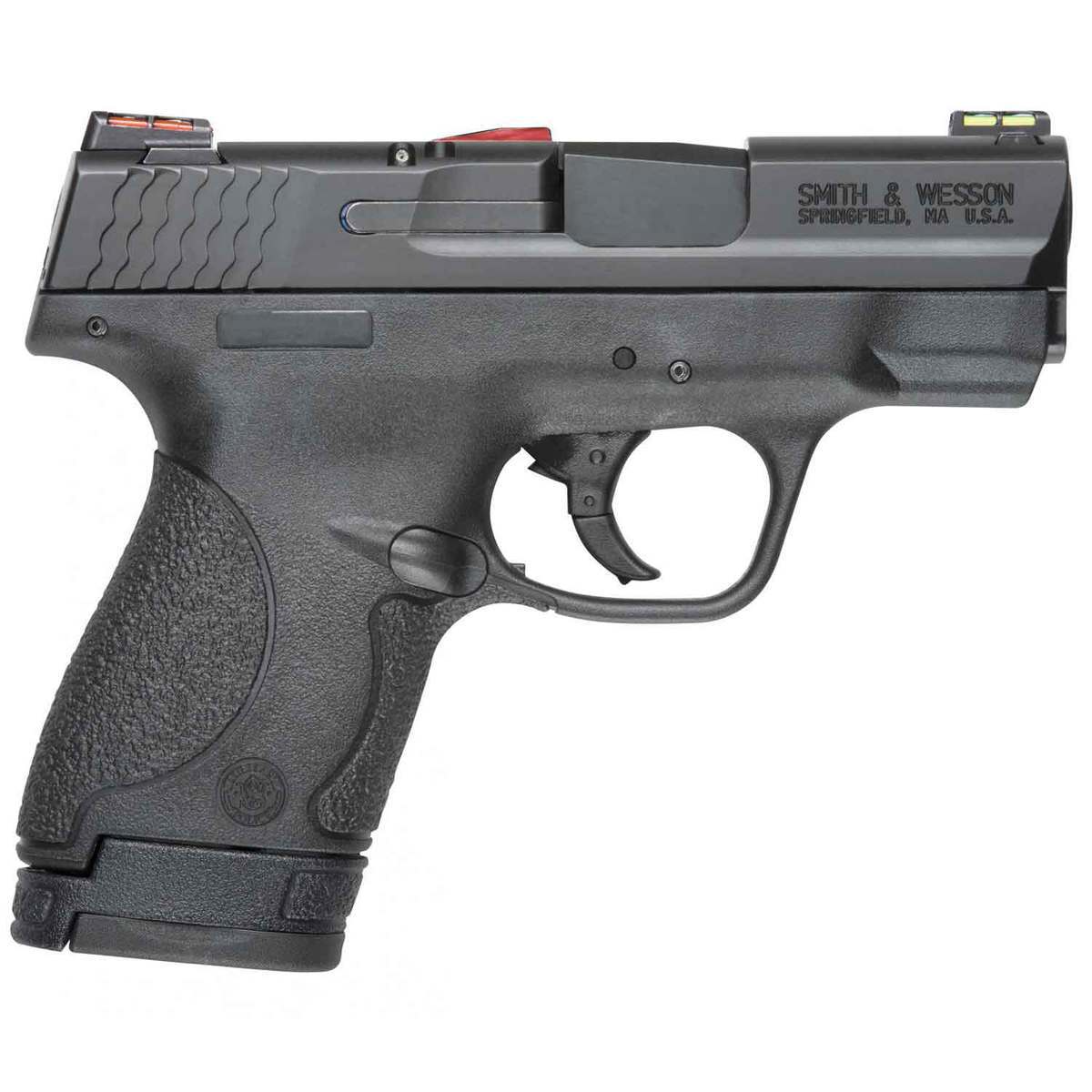
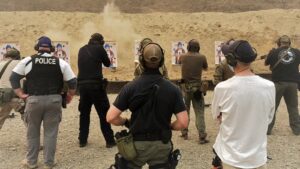
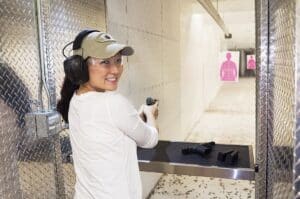



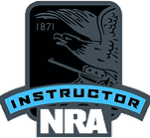

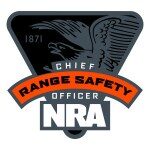
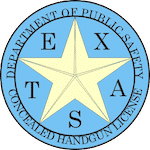
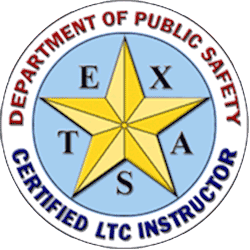

Great info for anyone looking at buying a carry firearm. I carry a semiautomatic and a revolver as a backup
Thanks for the info, this is great for someone looking to buy a new hand gun. Finding something that fits you is important.